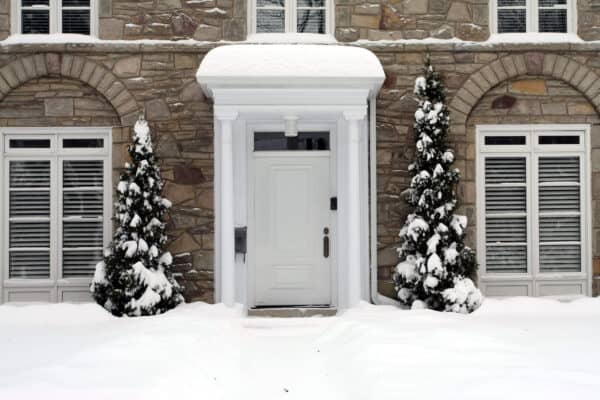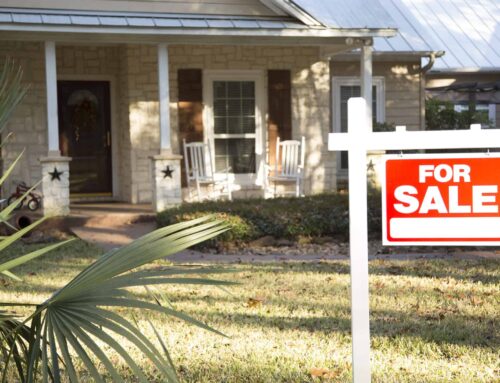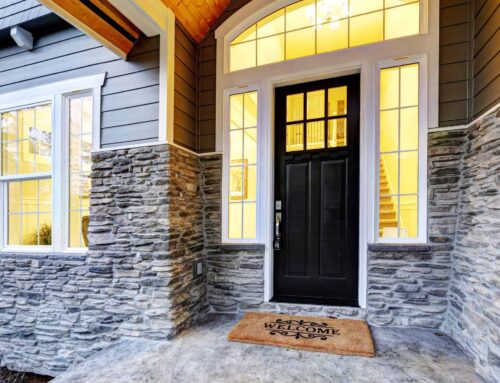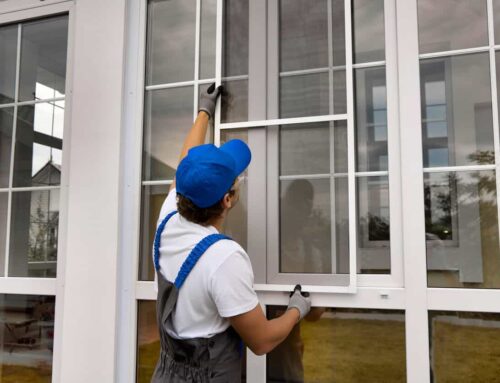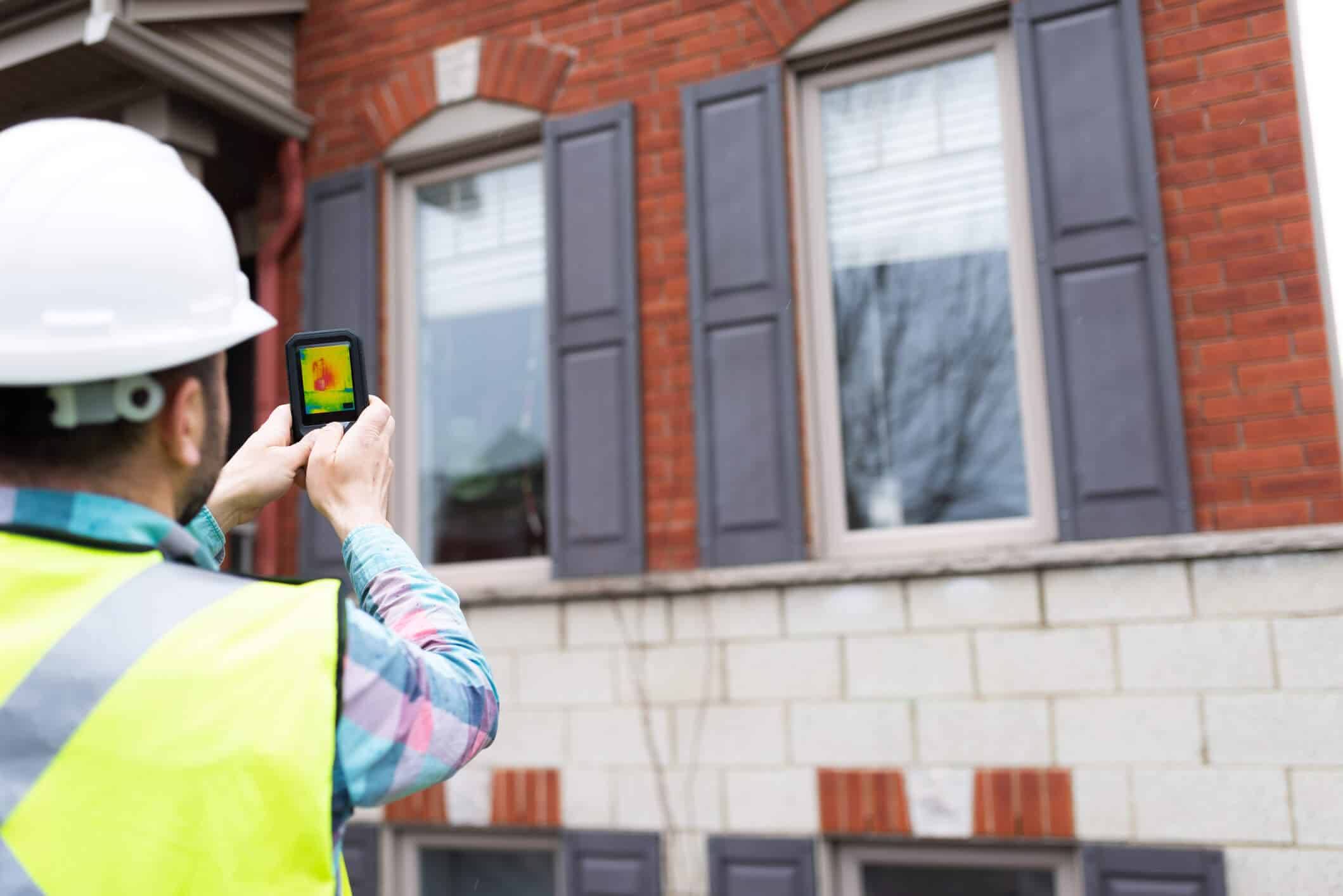
New windows and doors will increase energy efficiency, make your home more secure, and improve curb appeal. But did you know you may also qualify for home improvement tax benefits when completing these home improvement projects?
Before we get into the specifics of the tax benefits, it’s worth noting that tax deductions can reduce the amount of your taxable income before you calculate the tax you owe. However, tax credits can reduce the amount of tax you owe or increase your tax refund.
Contents
- 1 Common Questions About Tax Credits and Home Improvements
- 1.1 Are home improvements tax deductible?
- 1.2 How much of a tax deduction can I qualify for when buying new windows and doors?
- 1.3 Who qualifies for home improvement tax deductions?
- 1.4 Do I qualify for the tax credit for improving energy efficiency if I use my home for my business?
- 1.5 What types of doors and windows qualify for the tax credit?
- 1.6 How do I claim the Energy Efficient Home Improvement Credit?
- 2 Purchase New Windows and Doors for Home Improvement Tax Benefits
- 3 Key Takeaways On How Your Home Improvement Expenses Can Be Tax Deductions
Contents
- 1 Common Questions About Tax Credits and Home Improvements
- 1.1 Are home improvements tax deductible?
- 1.2 How much of a tax deduction can I qualify for when buying new windows and doors?
- 1.3 Who qualifies for home improvement tax deductions?
- 1.4 Do I qualify for the tax credit for improving energy efficiency if I use my home for my business?
- 1.5 What types of doors and windows qualify for the tax credit?
- 1.6 How do I claim the Energy Efficient Home Improvement Credit?
- 2 Purchase New Windows and Doors for Home Improvement Tax Benefits
- 3 Key Takeaways On How Your Home Improvement Expenses Can Be Tax Deductions
Common Questions About Tax Credits and Home Improvements
Here’s what the Internal Revenue Service (IRS) says about tax credits you can earn for capital improvements.
Are home improvements tax deductible?
According to the IRS, you may qualify for a tax credit of up to $3,200 if you make qualified energy-efficient improvements to your home. The new windows or doors must be installed between January 1, 2023, through the end of 2032.
The tax credits equal 30% of certain qualified expenses, including:
- Qualified energy efficiency improvements installed during the year
- Residential energy property expenses
- Home energy audits
How much of a tax deduction can I qualify for when buying new windows and doors?
The IRS rewards taxpayers for making energy-efficient home improvements. You may qualify for a tax break when you purchase new exterior doors ($250 per door and $500 total) and energy-efficient windows ($600).
The credit has no lifetime limit. You can claim the maximum annual credit every year you make eligible improvements until 2033.
Who qualifies for home improvement tax deductions?
You may claim the energy-efficient home improvement credit only if the improvements are made to your primary residence.
The home may NOT be a rental property, a new home, or located outside the U.S.
Do I qualify for the tax credit for improving energy efficiency if I use my home for my business?
You may already receive a home office deduction if you use your residence as your place of business. The good news is that you can still qualify for a tax credit for home office improvements, but the amount depends on your property usage.
A taxpayer “whose use of the qualified property for business purposes is not more than 20 percent” may claim the full deduction.
What types of doors and windows qualify for the tax credit?
To qualify for the tax credit, purchase new exterior doors meeting Energy Star requirements. New windows and skylights must meet the Energy Star Most Efficient certification requirements. Labor costs don’t qualify for the credit.
How do I claim the Energy Efficient Home Improvement Credit?
File Form 5695, Residential Energy Credits Part II, with your tax return to claim the credit. You must claim the credit for the tax year when the windows or doors are installed, not merely purchased.
Purchase New Windows and Doors for Home Improvement Tax Benefits
When you buy new energy-efficient windows and doors from Woodbridge Home Solutions, you’ll qualify for home improvement tax benefits and notice a drop in your monthly utility bills.
In addition, your local utility provider might also provide additional rebates and incentives.
Please don’t wait until the end of the year to schedule your free design consultation with a Woodbridge Home Solutions team member. New windows and doors must be installed in your principal residence to qualify for a lower tax bill.
Key Takeaways On How Your Home Improvement Expenses Can Be Tax Deductions
- There’s a tax benefit for installing new energy-efficient doors and windows. The tax credits equal 30% of certain qualified expenses.
- You can receive a $500 tax break on two new exterior doors.
- You can receive up to a $600 tax break on windows that meet the Energy Star Most Efficient certification.
- Talk with your tax professional about these tax breaks to ensure your purchases qualify.


